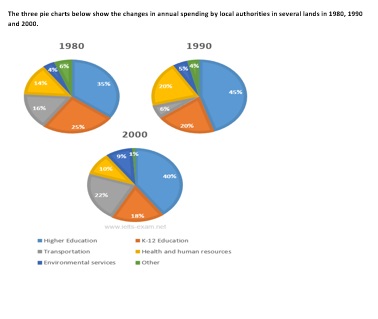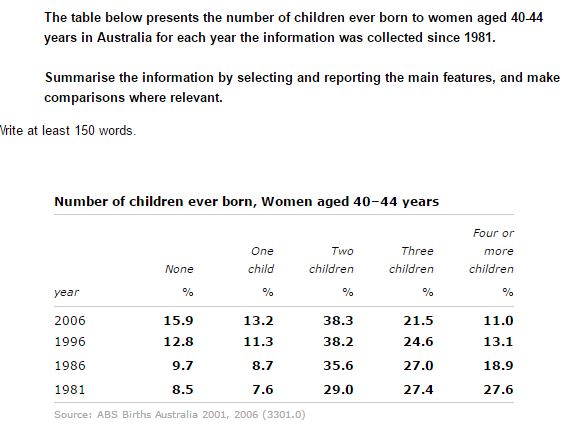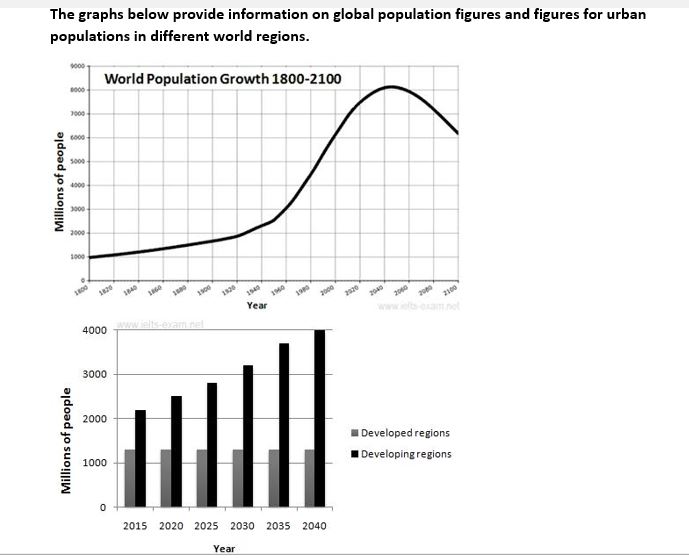ayrahumairah
Dec 28, 2016
Writing Feedback / LOCAL AUTHORITIES BUDGET in different lands in 1980, 1990 and 2000. [2]
The pie charts describes the mount's conversion of local authorities' budget in different lands in 1980, 1990 and 2000. It is noticable that the biggest investment was on the education in the three years and it was nearly a third 1980, just under a half in 1990 and around a half in 2000. While, the K-12 had a different number of investment, it decreased slightly from quarter in 1980 to a small minority in 2000.
The investment on health and human resources had a steady increase from almost quarter in 1990 to a small minority in the 2000. Nevertheless, the investment on transportation was diferrent with that mount which decreased to a small minority in 1990, and then growth significantly to almost a quarter in 2000.
Compare to the investment in enviromental services, it rose from a significant minority to a small minority, in 2000. Then for other invesments were dramatically decrease in every decade from 6 % to 1 % in 2000.
The pie charts describes the mount's conversion of local authorities' budget in different lands in 1980, 1990 and 2000. It is noticable that the biggest investment was on the education in the three years and it was nearly a third 1980, just under a half in 1990 and around a half in 2000. While, the K-12 had a different number of investment, it decreased slightly from quarter in 1980 to a small minority in 2000.
The investment on health and human resources had a steady increase from almost quarter in 1990 to a small minority in the 2000. Nevertheless, the investment on transportation was diferrent with that mount which decreased to a small minority in 1990, and then growth significantly to almost a quarter in 2000.
Compare to the investment in enviromental services, it rose from a significant minority to a small minority, in 2000. Then for other invesments were dramatically decrease in every decade from 6 % to 1 % in 2000.

digram_pie.jpg


